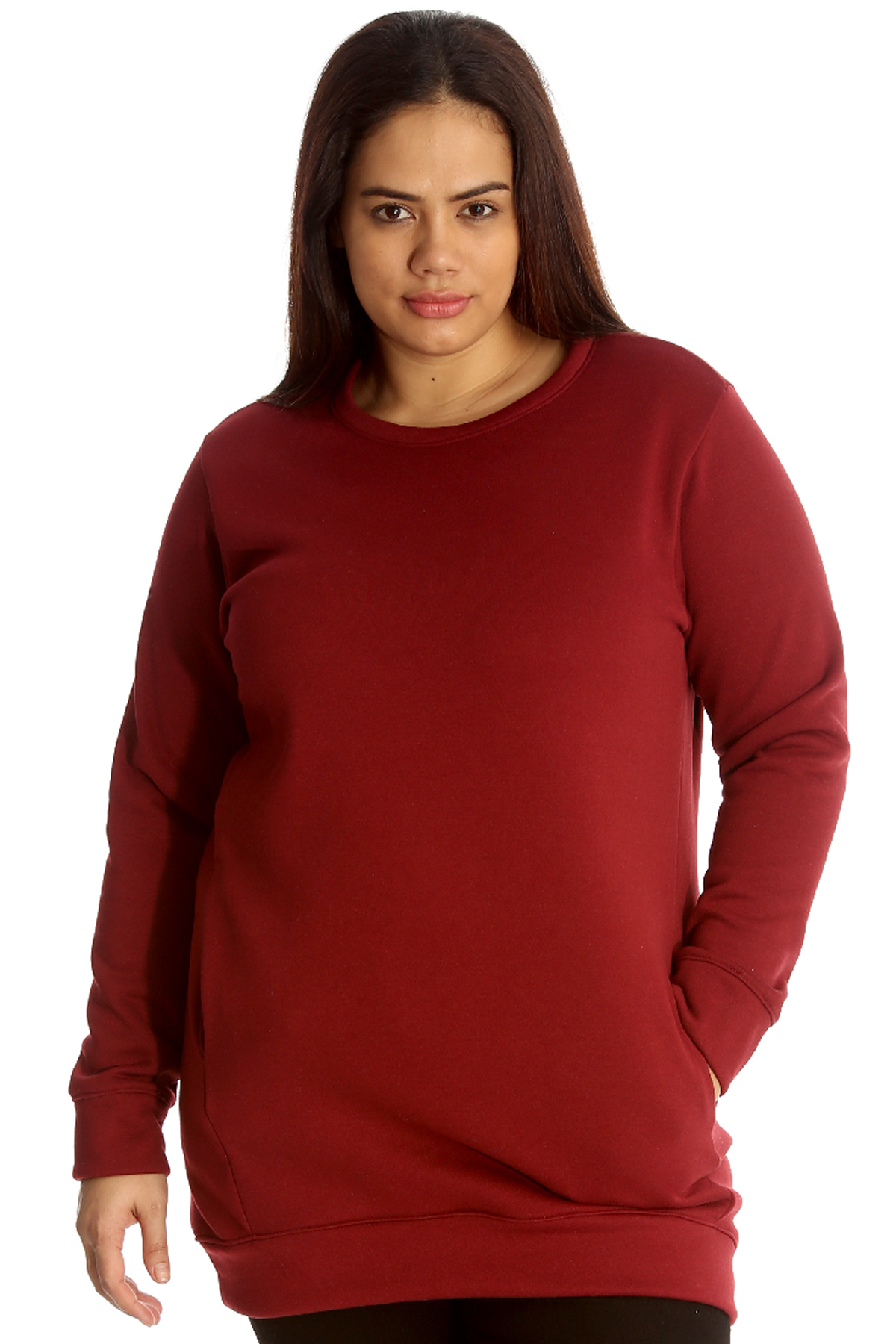Sweatshirts are long-sleeved pullover shirts that are typically made of thick cotton cloth. They are usually used for casual wear but aren't as formal as sweaters or cardigans. They do not usually have a or hood. If you are interested in buying a sweatshirt , here are some suggestions:
The appeal of Norma Kamali was spread by the use of sweatshirts
Since the end of the 70s, Norma Kamali has transformed the simple sweatshirt into an art form. Her designs have become a staple in almost every woman's wardrobe. Her distinct designs range from a tummy-tucking crew neckline to thick leather sweatshirts. She also has created clothes with unusual designs, like an oversized tank top that has an extended trumpet skirt.
A partnership between the designer and sweatshirt manufacturer Everlast resulted in her Timeless line, which became a huge hit when it debuted in the spring catalog of Spiegel. The collection offered interchangeable and convertible knits in classic shapes and many of the pieces were priced at less than $20. Even the Norma Kamali's Timeless collection wasn't sold in stores, fans could still find these designs on eBay as well as Poshmark.
Merino wool sweatshirts are more comfortable than soft sweatshirts .
Merino wool is known for its moisture-wicking properties which help to keep you comfortable and dry. It is a natural fiber that also offers a more comfortable feel. It also drys quickly when compared with other natural substances. Furthermore, merino is a renewable resource. Merino sheep shed their coats every year and regrow new ones.
Merino's weight-to-heat ratio is high, and the warmth of wool makes it an ideal material for sweatshirts. It aids in controlling the temperature of your body due to its natural loft, which holds heat in the fibers. This is the reason Merino wool sweatshirts work ideal for outdoor activities in the summer, such as mountain biking, hiking and running. The warmth they provide helps keep the wearer well-hydrated and cool, something that is crucial when working out.
Zip-front hoodies feature kangaroo pockets.

Kangaroo pocket Hoodies are a very popular type of hoodie. They feature a big pocket in the front, that keeps your hands warm on chilly days. They are also more practical than traditional pockets as they allow your hands to slide into and out easily.
Kangaroo pockets are typically large enough to hold an entire wallet or small items for personal use. They're usually big enough to hold the palm of a hand that is small and are wide enough to fit two hands. They have wide openings on either side and can be used to carry small items.
French Terry fabric is a very popular material for sweatshirts
The French Terry fabric is composed of soft yarns knit into loops and is usually mid-weight. It is also renowned for its ability to wick away moisture and is pre-shrunk. French Terry is an excellent option for sweatshirts since it is warm when you're in need and also keeps your cool when you want to cool down.
French Terry is also popular for loungewearbecause it is stretchy enough and has enough flexibleness to feel great against your skin. It also allows air to circulate throughout the fabric, which makes it ideal for layering under other clothes. In addition, because it's lighter than other sweatshirts that you can wear all year round without feeling too hot or cold.
Hoodies can be classist.
Although it might appear that hoodies are simply an appropriate attire item for working class people but the truth is that they are a symbol of class. Hoodies first became popularized in the early 1970s , in New York, where graffiti artists wore them to hide their identities. In 1976, hoodies made their major movie debut with "Rocky," when the working-class title character wore grey sweats with hoods during his memorable climb up the Philadelphia Museum of Art.
Hoodies are often associated with destruction, death and other unpleasant items, yet they also serve practical purposes. For example, monks and priests can wear hoods to demonstrate the proper manner of dress and to focus on their inner self.
